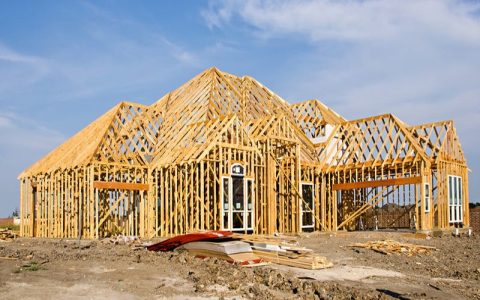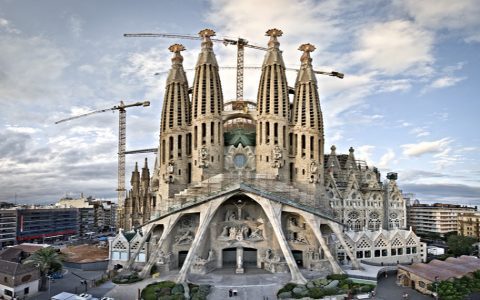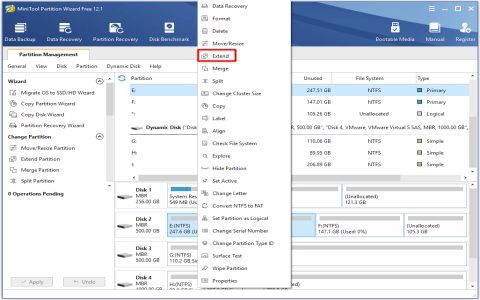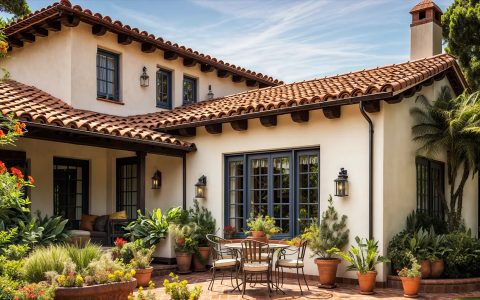Cross-Laminated Timber (CLT) is an innovative engineered wood product gaining popularity in residential construction. Comprising layers of timber glued perpendicularly, CLT offers structural strength similar to concrete and steel, while promoting sustainability. This article outlines the key pros and cons of CLT houses and helps you evaluate if timber is suitable for your home.
Pros of CLT Houses
- Sustainability: CLT is made from renewable timber, sequestering carbon and reducing greenhouse gas emissions compared to steel or concrete.
- Speed and Efficiency: Prefabricated panels allow for rapid assembly on-site, cutting construction time by up to 50% and minimizing disruption.
- Structural Strength: High load-bearing capacity and seismic resistance make CLT ideal for multi-story homes, providing durability.
- Thermal Performance: Natural insulation properties enhance energy efficiency, lowering heating and cooling costs throughout the year.
- Design Flexibility: Lightweight yet sturdy material enables open floor plans and architectural creativity without compromising integrity.
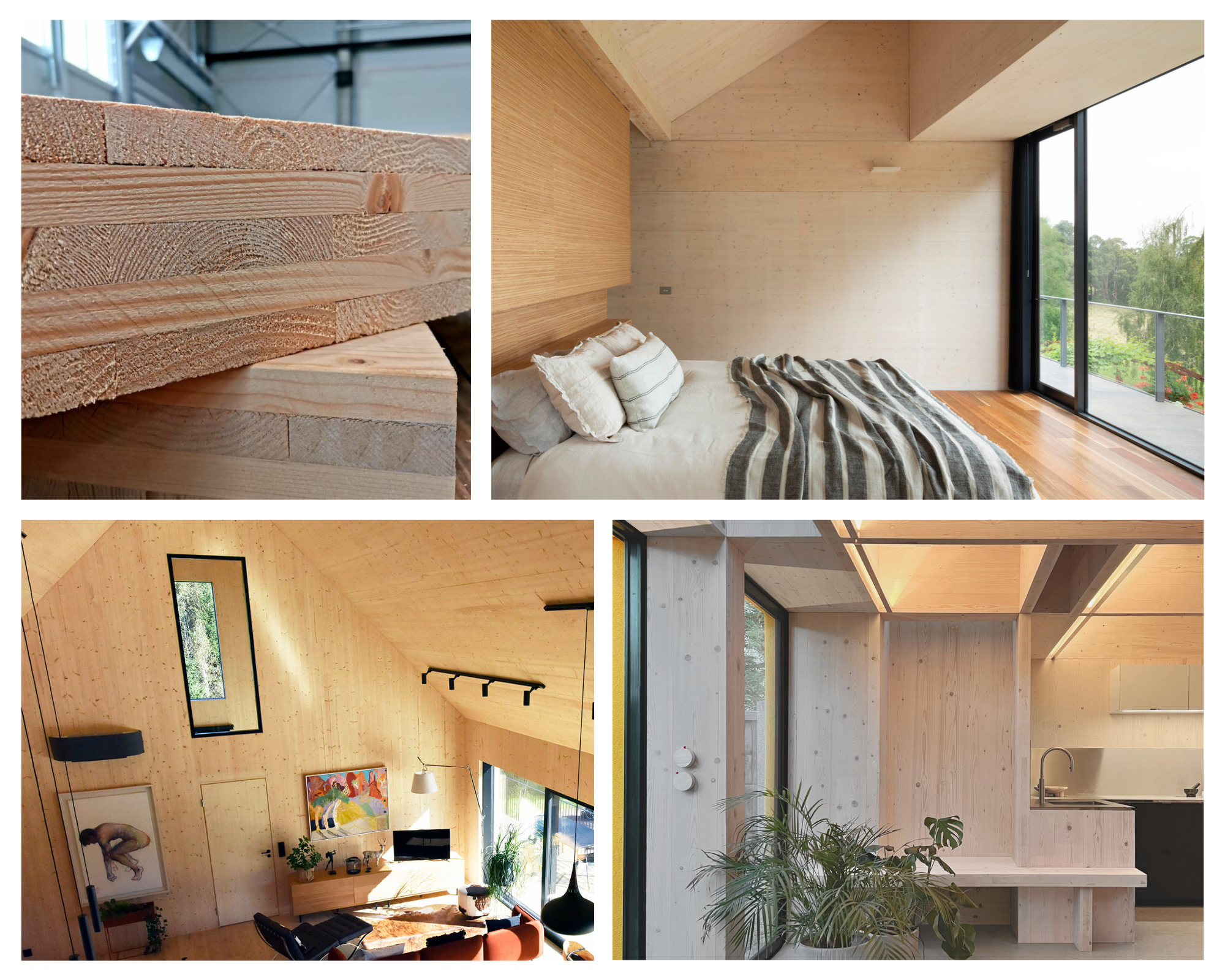
Cons of CLT Houses
- Higher Initial Cost: Material and specialized labor expenses can exceed traditional building methods, potentially increasing overall budget by 10-20%.
- Fire Resistance Challenges: Although treated for fire safety, timber requires additional coatings or designs to meet strict codes, adding complexity.
- Moisture Sensitivity: Exposure to humidity or leaks can cause warping or decay if not properly sealed and maintained in damp climates.
- Limited Availability: Supply chains for CLT may be scarce in some regions, leading to delays and higher transport costs.
- Acoustic Concerns: Without adequate insulation, wood can transmit sound more easily than concrete, potentially affecting home comfort.
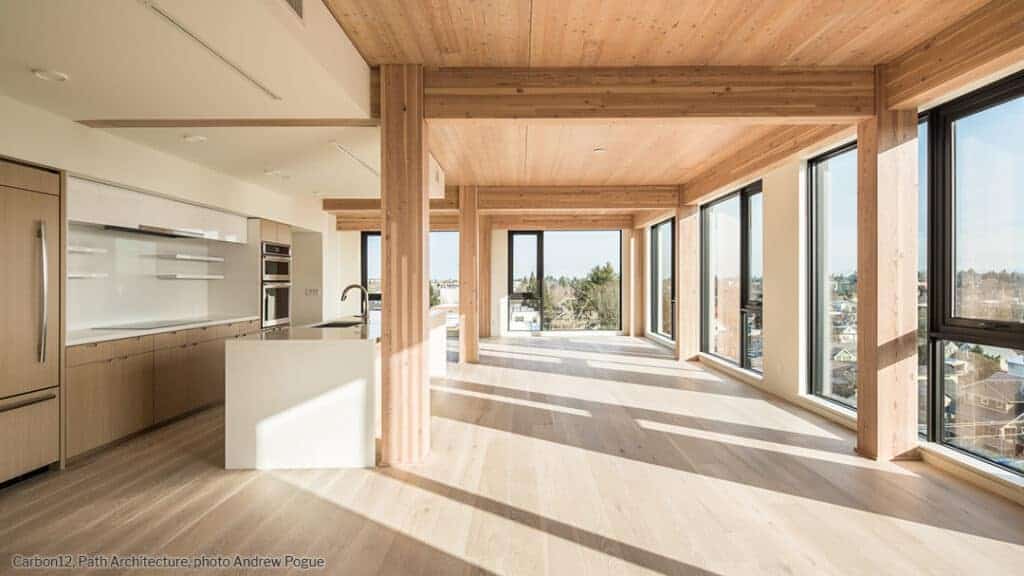
Is Timber Right for Your Home?
Choosing CLT depends on individual factors: assess your budget for higher upfront investments; consider local climate for moisture control; check building codes for compliance; and prioritize sustainability if environmental impact is key. For modern, eco-friendly designs in stable areas, CLT can be an excellent choice. However, in high-fire-risk zones or tight-budget scenarios, alternatives may prove more practical.
In summary, CLT houses offer impressive benefits like speed and eco-friendliness but involve cost and resilience trade-offs. Weigh pros and cons against your specific needs to make an informed decision.

